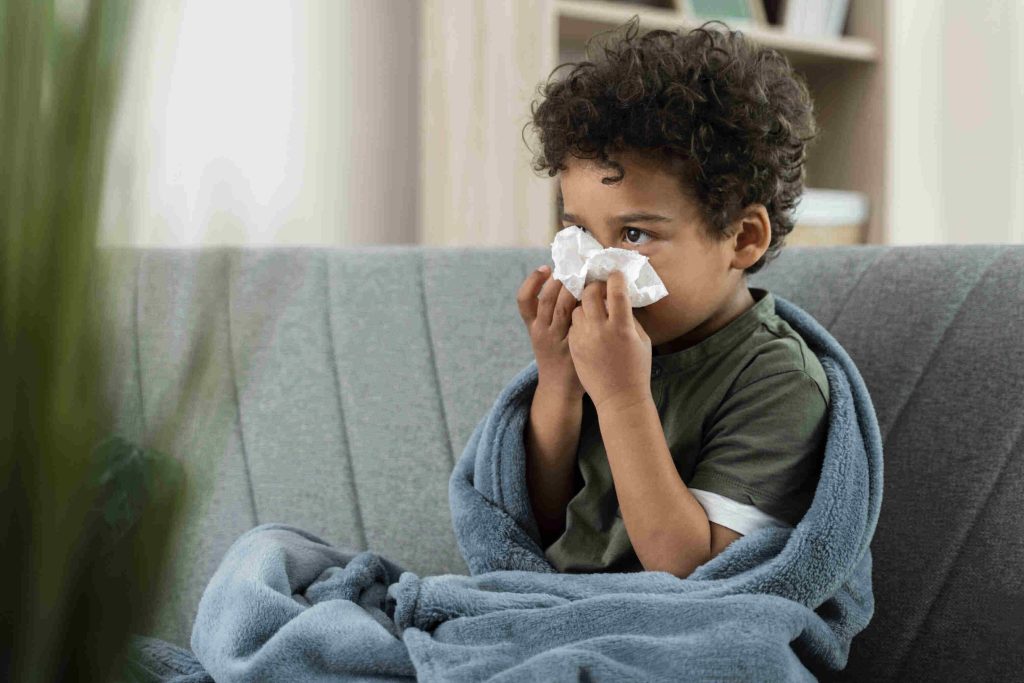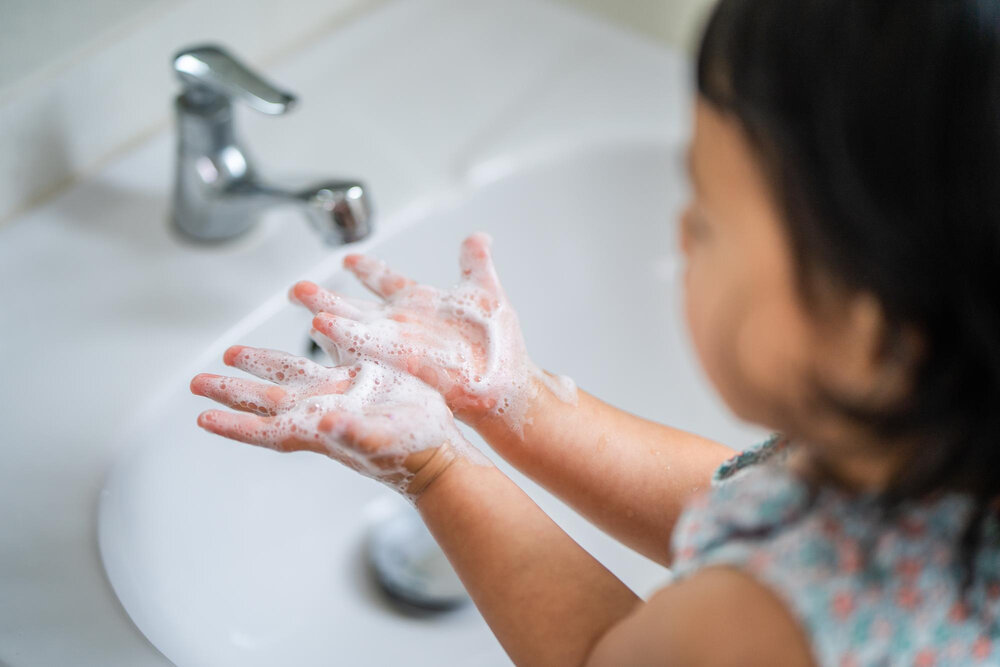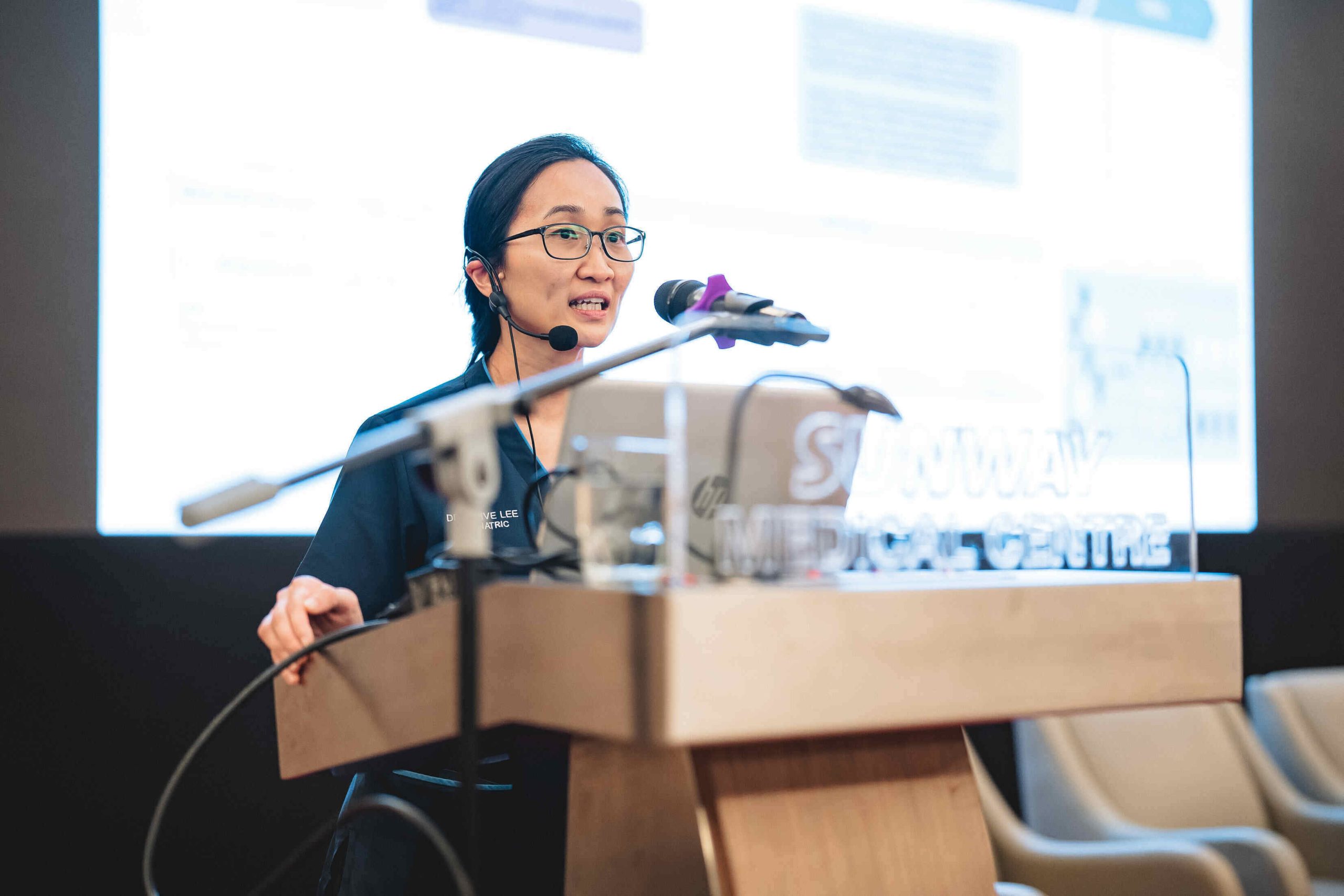Sepsis in Children: Why Every Second Counts. One morning, your toddler wakes up unusually quiet—no chatter, no smiles, no rush to the toy box. At first, you assume it’s just a cold. But by nightfall, the unease grows. That gut feeling, often dismissed as parental anxiety, could in fact be the warning sign of something far more serious: sepsis.
Sepsis is often misunderstood and dangerously underestimated. It can begin with something as ordinary as a fever, tummy ache, or cough, and within hours escalate into overwhelming infection, full-body inflammation, and organ failure. The World Health Organization (WHO) estimates that sepsis affects 49 million people globally each year, causing 11 million deaths—nearly half of them children, about 2.9 million. Tragically, many of these deaths are preventable through early recognition and rapid treatment.

Dr Olive Lee Pei Ee, Consultant Paediatrician and Paediatric Intensivist at Sunway Medical Centre, Sunway City (SMC), has seen the toll sepsis takes first-hand. She co-authored a regional study which found sepsis rates in paediatric intensive care units remain high—around 20% and possibly up to 50%. Alarmingly, the same study reported a 19.2% death rate in children with severe sepsis or septic shock. In Malaysia, the National Neonatal Registry recorded nearly 1,000 cases of early-onset sepsis in newborns between 2015 and 2020, most commonly caused by Group B Streptococcus.
The danger lies not only in how quickly sepsis advances but in how subtly it begins. “Sepsis is not merely an infection,” Dr Lee explained. “An infection is just the trigger. The body’s immune response can spiral, like a small flame igniting a forest fire.” A harmless cough or mild chest infection can become life-threatening in a matter of hours. For children, the challenge is greater because they cannot always communicate what they feel. Subtle changes—unusual tiredness, withdrawal, or a lack of alertness—may be the only early clues.

Dr Lee urges parents to watch for warning signs. “If a child becomes unusually sleepy, vomits everything they take in, struggles to wake up, or suddenly appears limp, it could be sepsis,” she said. Other red flags include extreme changes in temperature, difficulty breathing, or unresponsiveness. Her advice is simple: if symptoms persist beyond three days or worsen rapidly, seek medical help without delay. “Time is of the essence in sepsis. Once it progresses, it progresses very quickly,” she warned.
Prevention, however, remains the strongest weapon. Hygiene practices—regular handwashing, safe food handling, and clean environments—play a critical role. Vaccination is equally important, not just for children but also for household members, as it creates a protective barrier for those too young or too vulnerable to be fully vaccinated. At the same time, Dr Lee highlights the danger of antibiotic misuse. Overprescribing can lead to resistance, making hospital-acquired sepsis harder to treat. Responsible antibiotic use, combined with vaccination and hygiene, reduces the overall risk.

For survivors, the journey doesn’t end at hospital discharge. Post-sepsis syndrome can linger, affecting physical ability, cognition, and emotional well-being. Children may need ongoing check-ups for organ function, physical therapy, or psychosocial support. Vulnerable groups such as newborns, those with chronic illnesses, or children living with obesity face greater long-term risks.
Above all, Dr Lee emphasises the importance of parental instinct. “Parents know best. If your child seems different, don’t brush it off. Seek help. Don’t wait. Listen to your gut; it could save your child’s life.” She acknowledged that in Malaysian culture, parents often adopt a “wait-and-see” approach, but with sepsis, hesitation can be deadly.
Dr Lee recently shared these insights at SMC’s 2nd International Paediatric Symposium 2025, themed “Paediatrics Without Borders: Bridging Subspecialties, Saving Lives.” The event gathered experts from Malaysia, China, Singapore, and the USA, underscoring the urgent need for regional collaboration and evidence-based practice in tackling sepsis and other paediatric health challenges.

As Malaysia’s largest private quaternary hospital, SMC has been ranked the nation’s top centre for paediatrics for three consecutive years in Newsweek’s Best Specialized Hospitals Asia Pacific. With over 300 consultants across 60 specialities and 28 Centres of Excellence, SMC also houses the country’s first 24-hour Children’s Emergency Department. Its upcoming Children’s Pavilion (Tower F) will further expand capacity to more than 1,100 beds, strengthening its role as a leader in paediatric care.
In the fight against sepsis, awareness and swift action are vital. Parents, guided by their instincts and supported by healthcare professionals, hold the key to ensuring that a child’s unusual quietness in the morning doesn’t become something far more tragic by night.
